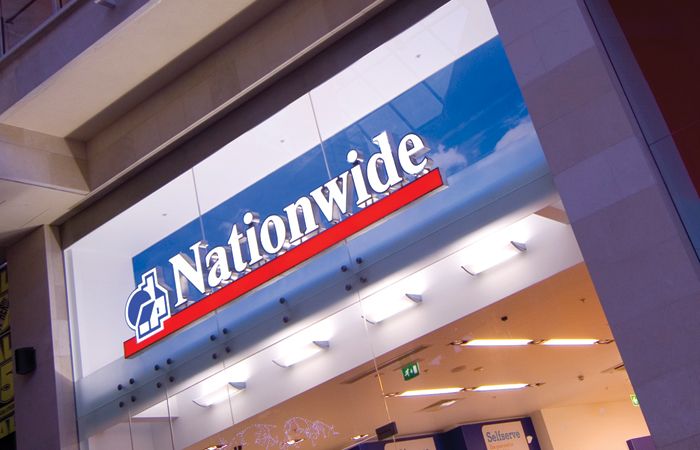
Pre-pandemic I recall discussing a case with a lender where the following scenario was put to me: if base rate were to move to 8%, the tenant vacated the property and the high-net-worth (HNW) client lost employment, that client would be unable to service the loan.
Given it was for a very well-located and highly demanded asset, I suggested to the lender that, while this was unarguably true, if all those things happened simultaneously we would likely have much greater concerns.
Although I still believe we are yet to realise the true impact of the pandemic on business, the general consensus is we appear to have emerged, at least partially, from what for most people has been the sternest of tests from both a business and personal viewpoint.
Staying in constant communication has been vital
We experienced high-street lenders almost entirely refocusing their resources away from traditional business support, including commercial mortgages, and many other traditional lenders restricted or retrenched from the commercial space. This did, however, open opportunities to transactional funders able to deliver debt options to clients that weren’t available through their existing relationship manager or bank.
This has been consistent throughout 2021 and, in my humble opinion, such a transactional approach will represent a sustained share of the market for the foreseeable future.
There remains a positive approach by several lenders to support the commercial investment and business sector
These avenues of finance are usually able to deliver quicker turnaround times — measured in weeks rather than months, given the typically flatter nature of the funders’ corporate structures — bespoke and tailored solutions, and perhaps an inherent lack of legacy and existing client books to service
Cost of funds
This does come at a price, however, principally due to those funders’ own cost of funds, this being typically reflected in interest margins. While competitive and becoming ever more so, these options are not quite at the level of 2% over base rate, or even lower as we often achieve with more mainstream, high-street type funders.
That said, 75% loan-to-value (LTV) and rates at 3.4% over base rate are not to be dismissed, particularly when coupled with more dynamic processing and completion timescales, and they offer our clients a genuine alternative.
Client conversations are returning to those of structure and preference rather than single options available
The resulting more granular credit matrix — incorporating and separating every conceivable business sector, debt quantum buckets impacting debt service coverage requirements, maximum term/LTV and also simply whether a bank is lending in that sector/space — we believe is here for a good while. We do, though, await a sustained impact assessment of the recent change in planning use classes.
This may allow more simplified switching between occupiers and sectors, perhaps easing previous concerns over the ability to re-let vacant space, all in keeping with the wider requirement for creation of more generic commercial spaces that can be repurposed to help future-proof assets.
This transactional approach will represent a sustained share of the market for the foreseeable future
One thing clearly demonstrated by the past 18 months is that nothing remains the same for long, with lender criteria sometimes even updated daily. This makes it impossible to rely on the last published product guide — even lender websites in some cases — and certainly not the output from the last sourcing system data. Putting in the hard yards by remaining in constant communication with lending partners has never been more important.
Nevertheless, we continue to achieve significant levels of commercial funding through mainstream banks and more traditional avenues.
The recent opening of broker relationships with a well-known bank, a challenger bank ready to relaunch into the trading business space, increased leverage across all sectors returning to the market — these are positive examples of support within the commercial investment and trading business arena. Client conversations are returning to those of structure and preference rather than single options available.
Most lenders are willing to listen, continuing to ask us questions and be proactive in doing so
Of course, more needs to be done; we work with lenders continuously, discussing how they can improve their offering, expand/tweak their criteria or simply improve service levels and processing times.
The positive here is that most are willing to listen, continuing to ask us those questions and be proactive in doing so, leading to enhanced debt options that wouldn’t perhaps have been achievable even in pre-pandemic times.
The sharp-eyed among you will have noticed that base rate didn’t increase to 8%, the furlough scheme may have kept the HNW individual employed and, while maybe the tenant vacated or the business had to shut its doors for a while, there remains a positive approach being applied by several lenders to support the commercial investment and business sector.
Mark Jones is director at Omega Group



